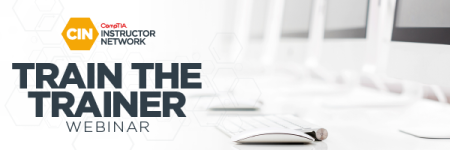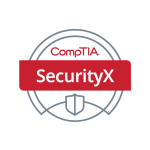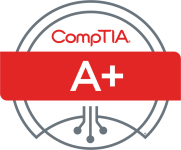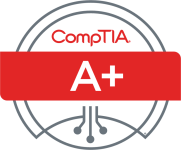SecAI+: Have we discussed this yet?
- By Jill West
- CIN Open Forums
- 13 Replies
I didn't see a forum for this cert yet, so posting here instead.
CompTIA has posted pre-draft objectives for a new cert: CompTIA SecAI+. Anyone seen these yet? Thoughts? I'm definitely interested and looking forward to this one.

 www.comptia.org
www.comptia.org
CompTIA has posted pre-draft objectives for a new cert: CompTIA SecAI+. Anyone seen these yet? Thoughts? I'm definitely interested and looking forward to this one.

CompTIA Exam Objectives Under Development | CompTIA
CompTIA posts exam objectives that are under development to inform the public about the drafted changes currently under consideration for new and/or refreshed certification exams.








